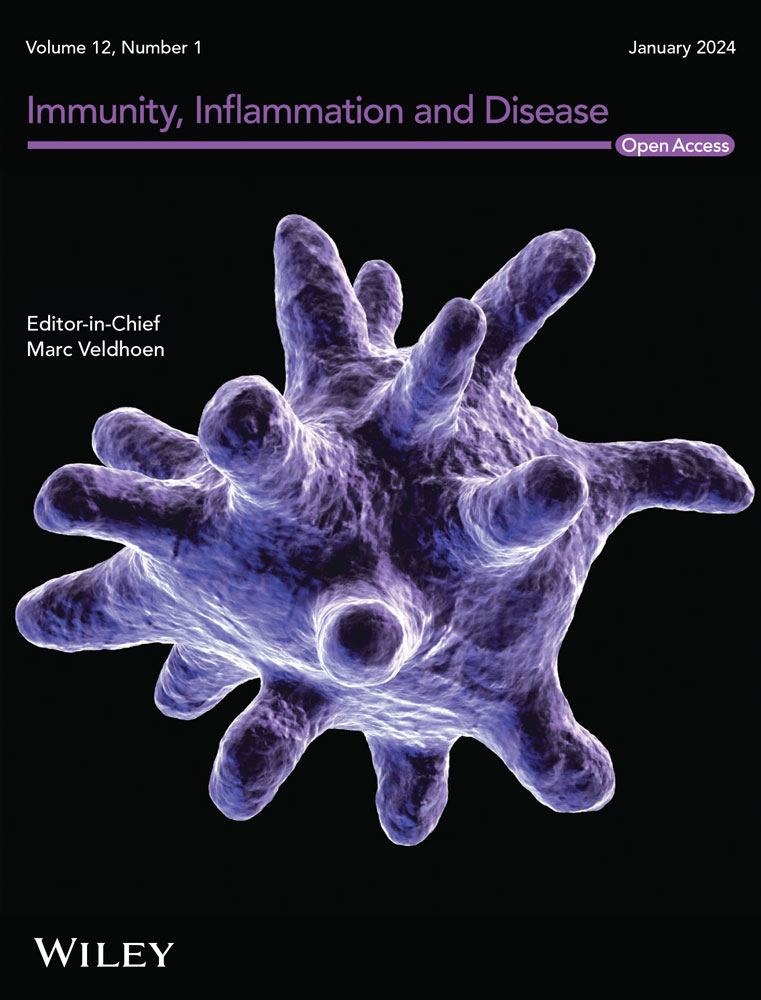Revealing the clinical manifestations and associations of COVID-19 before and after negative transition remains an area of significant uncertainty. The aim of this study is to investigate the clinical characteristics observed during and after Omicron infection among a specific population, namely healthcare workers (HCWs).
From November 4, 2022, to January 15, 2023, HCWs in our hospital were enrolled to document clinical symptoms, prevention, and treatment for COVID-19 using a structured questionnaire.
A total of 1101 HCWs were included, with SARS-CoV-2 infection detected in 78.20% (861/1101) during the observation period. The median duration for nucleic acid conversion was 8 days. Forty-three symptoms were identified during SARS-CoV-2 infection (11 symptoms per individual). The common symptoms were fever, cough, headache, phlegm production, and fatigue (60.67%–83.29%). These symptoms can be further categorized into five groups: fever type, upper respiratory tract type, influenza type, digestive system type, and systemic type—all showing complex and diverse patterns. Following SARS-CoV-2 infection, a total of 19 symptoms were recorded including four newly emerged ones: reduced lung capacity, memory loss, lethargy, and inattention. Importantly, we observed a significant association between gastrointestinal symptoms during the nucleic acid positive phase and subsequent neuropsychiatric manifestations after negative conversion. Interestingly, females experiencing menstruation or pregnancy exhibited a higher risk of infection, while inhaled vaccines and thymosin demonstrated a protective effect against SARS-CoV-2 infection.
The clinical manifestations observed in HCWs during and after Omicron infection displayed intricate patterns, shedding new light on the complex interplay between SARS-CoV-2 and humans.



